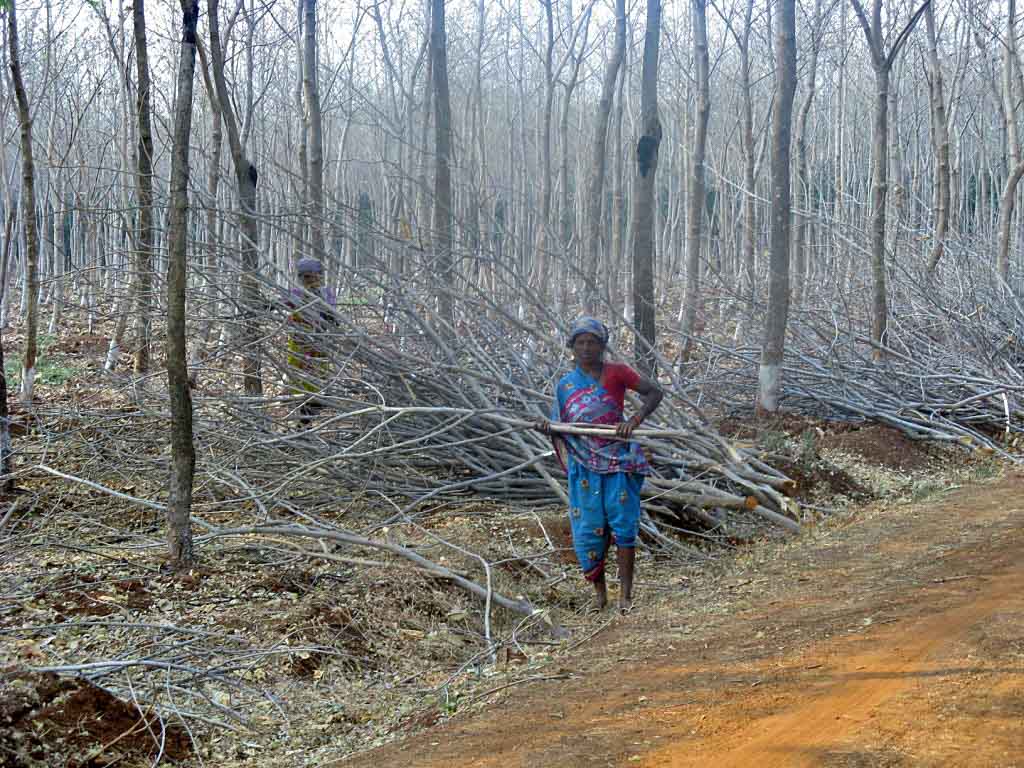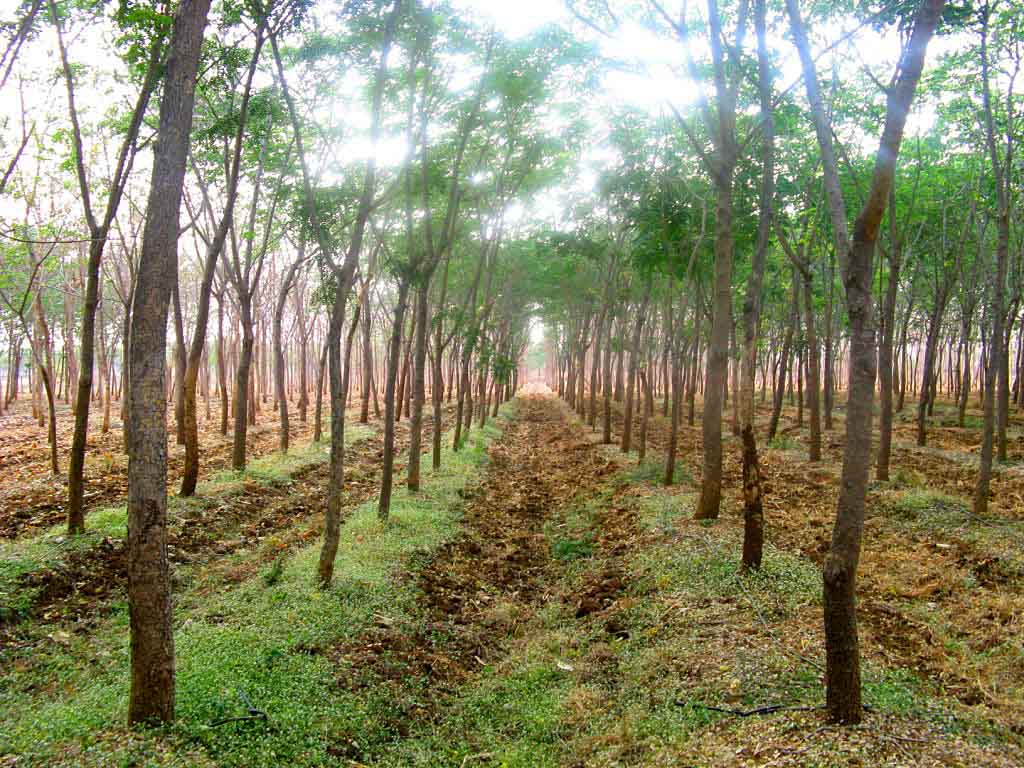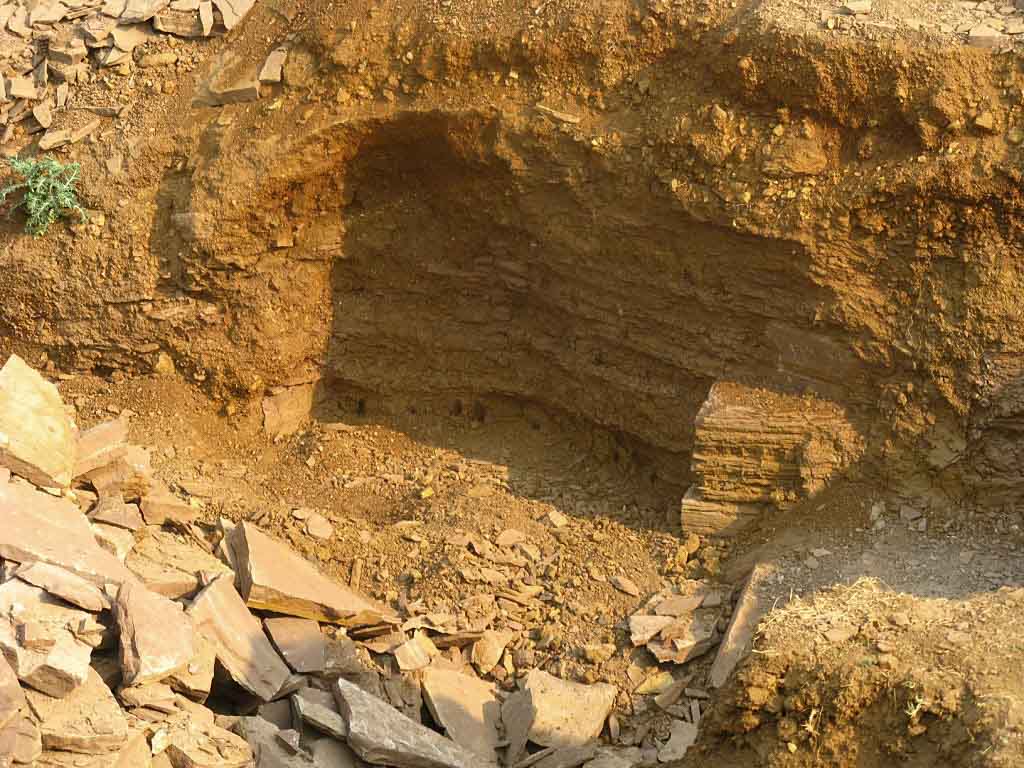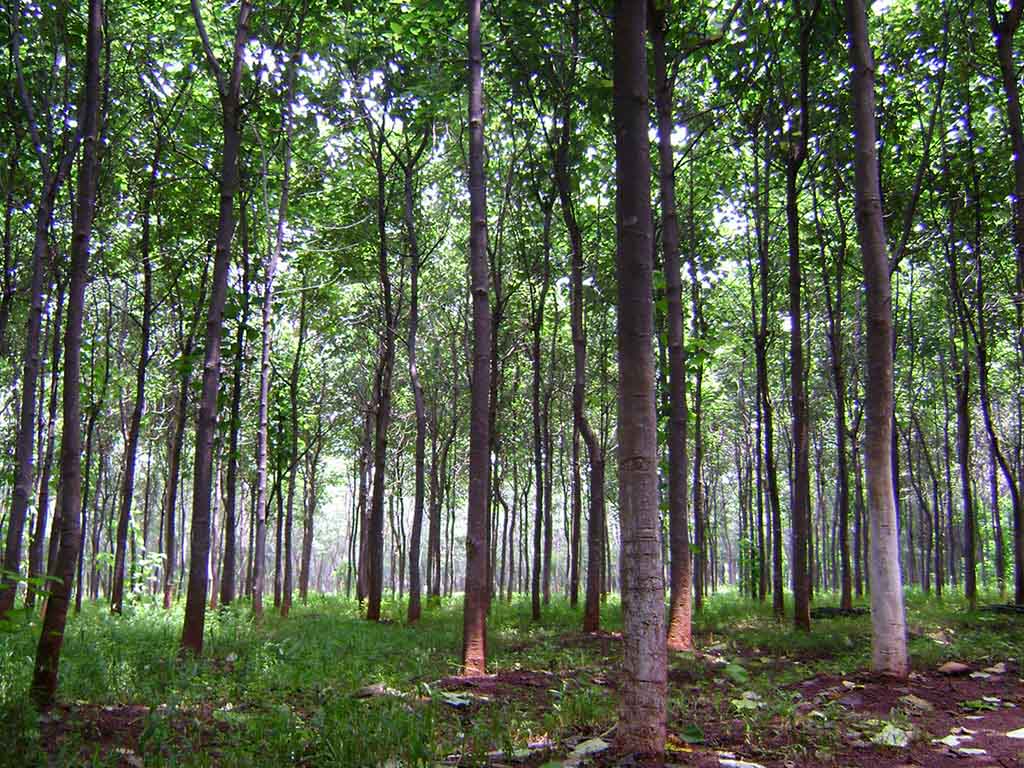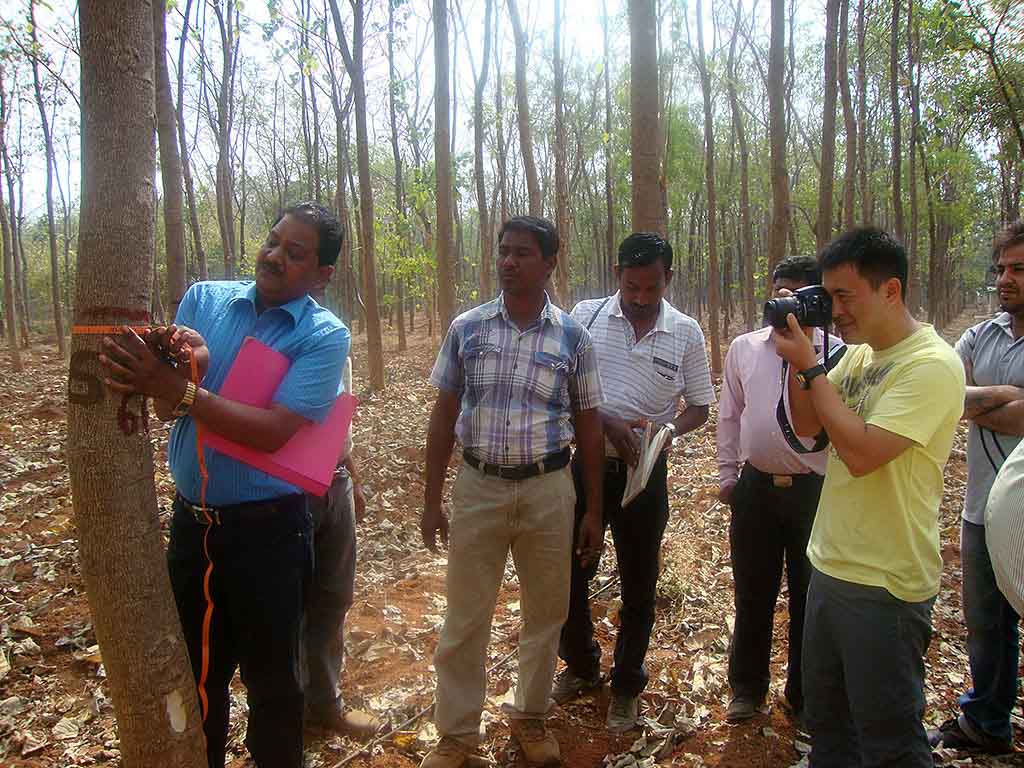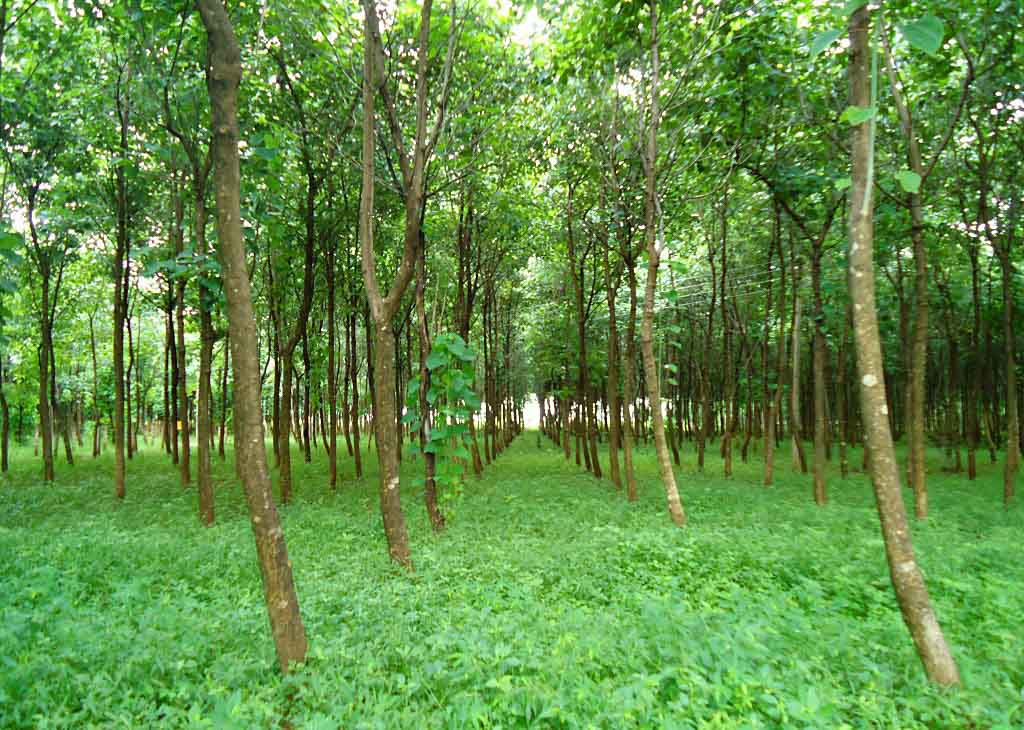Reforestation, Pendravan, India
Prakash Industries Ltd. maintains a reforestation project in the state of Chhattisgarh in Central India. The project aims at the reforestation of 282 hectares of degraded lands in five project sites, involving a total volume of 210,233 planted trees. The growing trees sequester carbon dioxide from the air, with the effect that the re-cultivated land serves as a carbon dioxide sink. Additional positive effects on the climate system occur because the wood harvested sustainably from the plantation site reduces the incentive to exploit the surrounding forests. Overall, an average annual reduction of circa 5,000 tonnes of CO2 equivalent can be attributed to the project.
By offering full-year employment for about 150 employees, the project also significantly increases the economic prospects of the rural population and provides opportunities for securing their future.
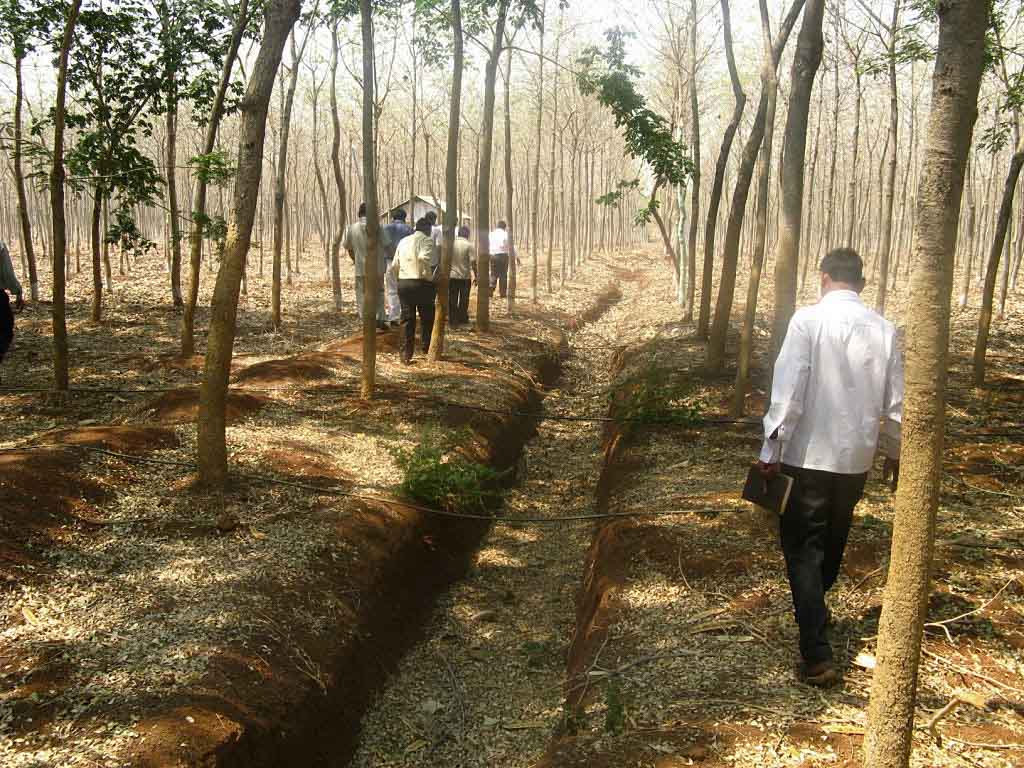
Forests are essential in our lives and are among the planet's most important carbon sinks. Besides providing habitats for wildlife, they filter the air, stabilise and protect soils, store water, and contribute to the balance of our climate. However, global forest areas have declined sharply in recent decades due to increasing settlements, agriculture, illegal logging, and raw material extraction. Afforestation, reforestation, and revegetation activities significantly increase a forest’s carbon storage capacity in both the biomass of the forest and in the soil. The storage capacity varies according to the tree species, age, and location.
Experts distinguish these activities in the following way: Afforestation converts non-forested areas into forest ones. Reforestation restores forest areas that have been damaged or deforested in the past. Revegetation increases the vegetation through planting trees, shrubs, or other plants.
Explore our projects
Biochar for Climate Action, Healthy Soils, and Better Harvests
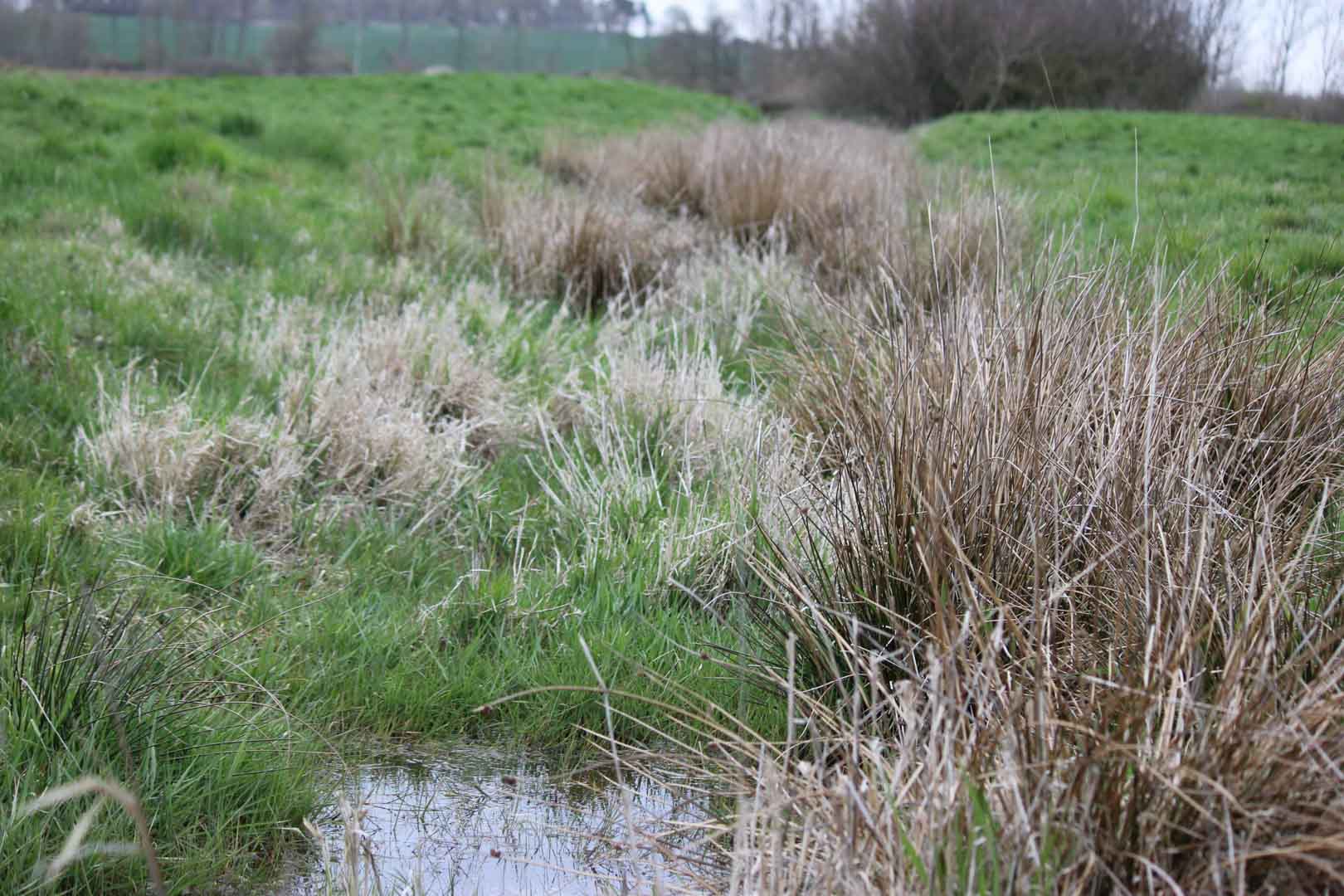
A certified climate project combined with additional commitment

Expansion of renewable energy generation in Asia
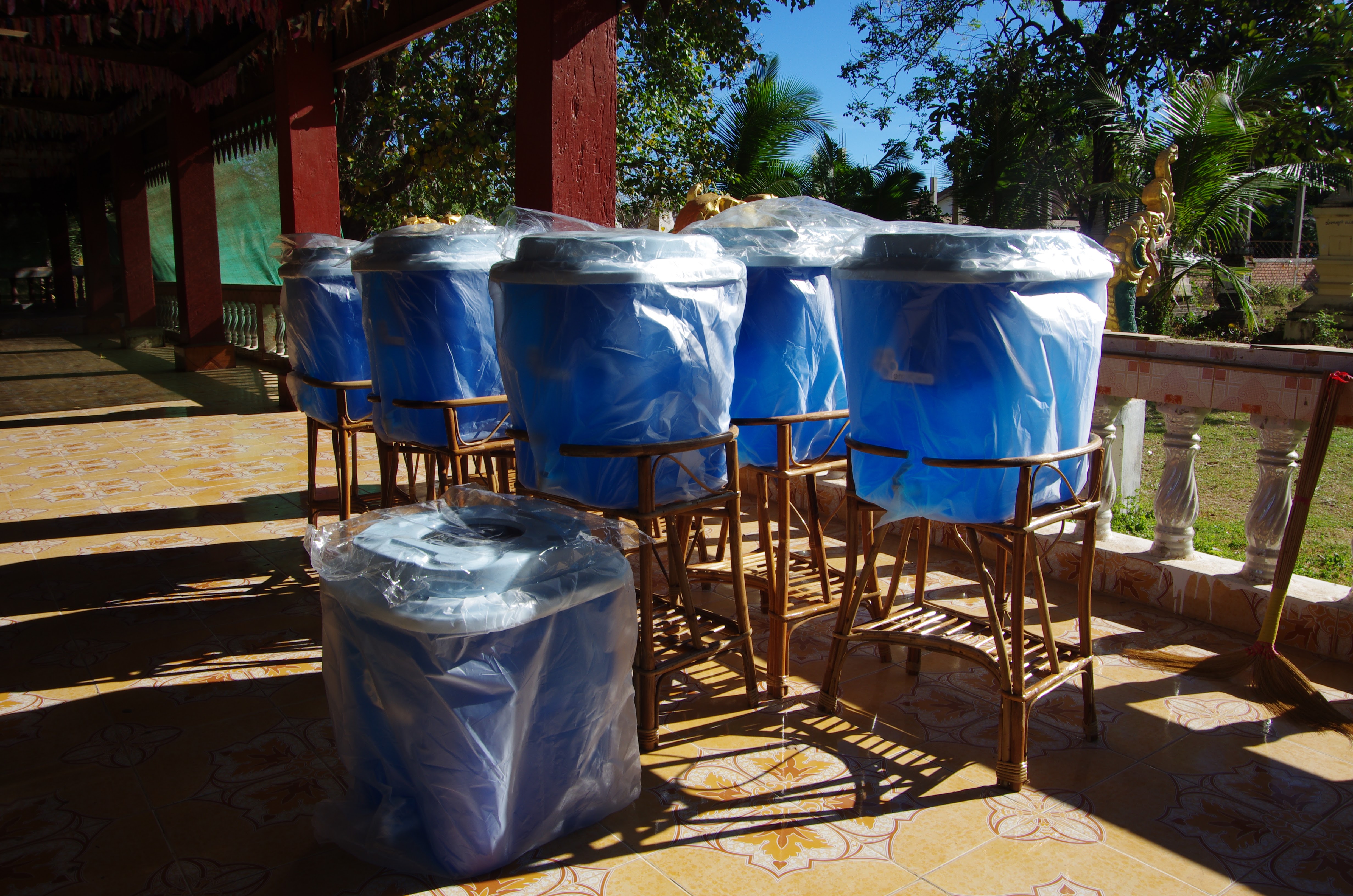
Ceramic water filters save CO2 and improve health

Improved cookstoves worldwide – for better health and cleaner air

A certified climate project combined with additional commitment
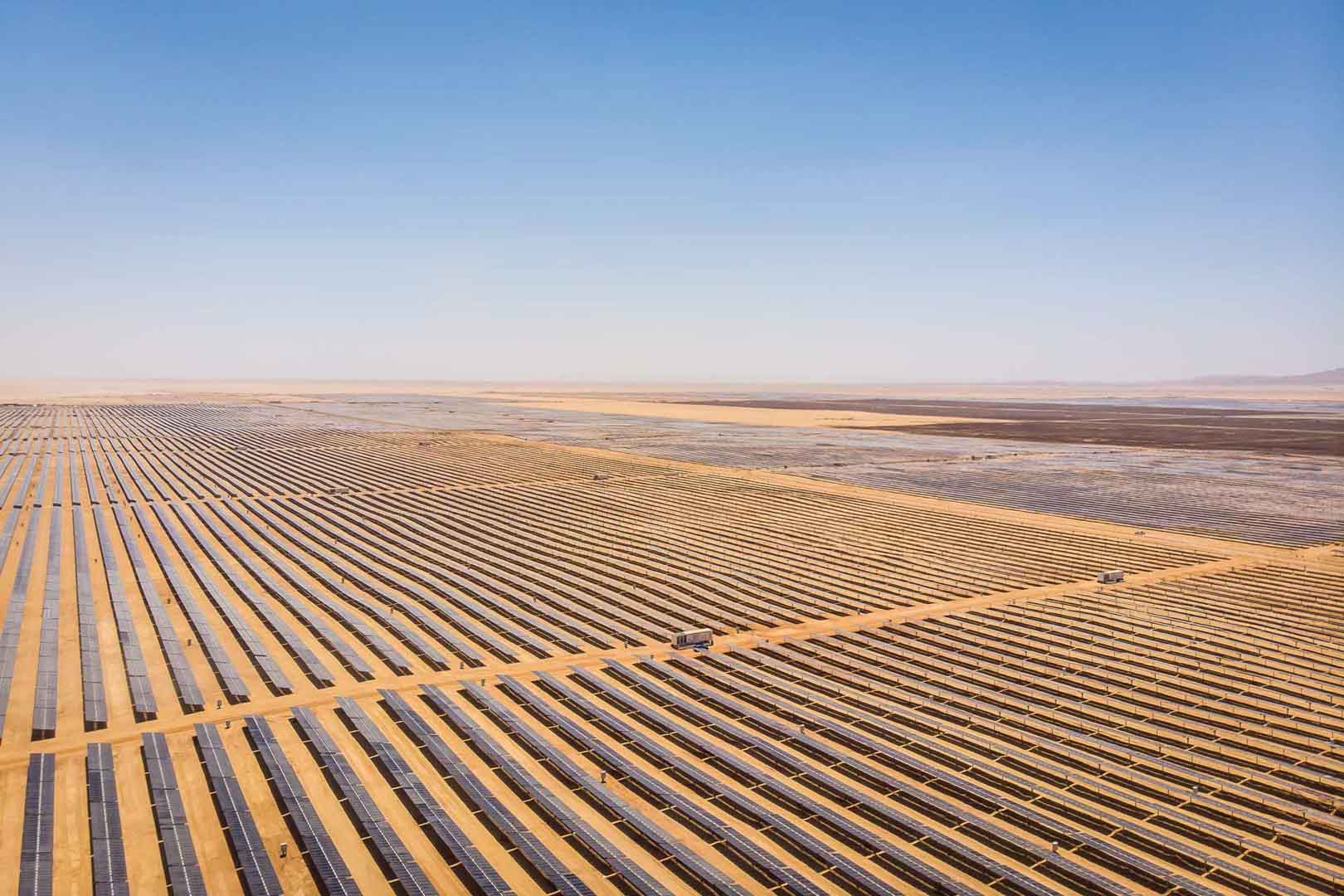
Powering access to renewable energy in Africa

A certified climate project combined with additional commitment

Restored ecosystems remove carbon
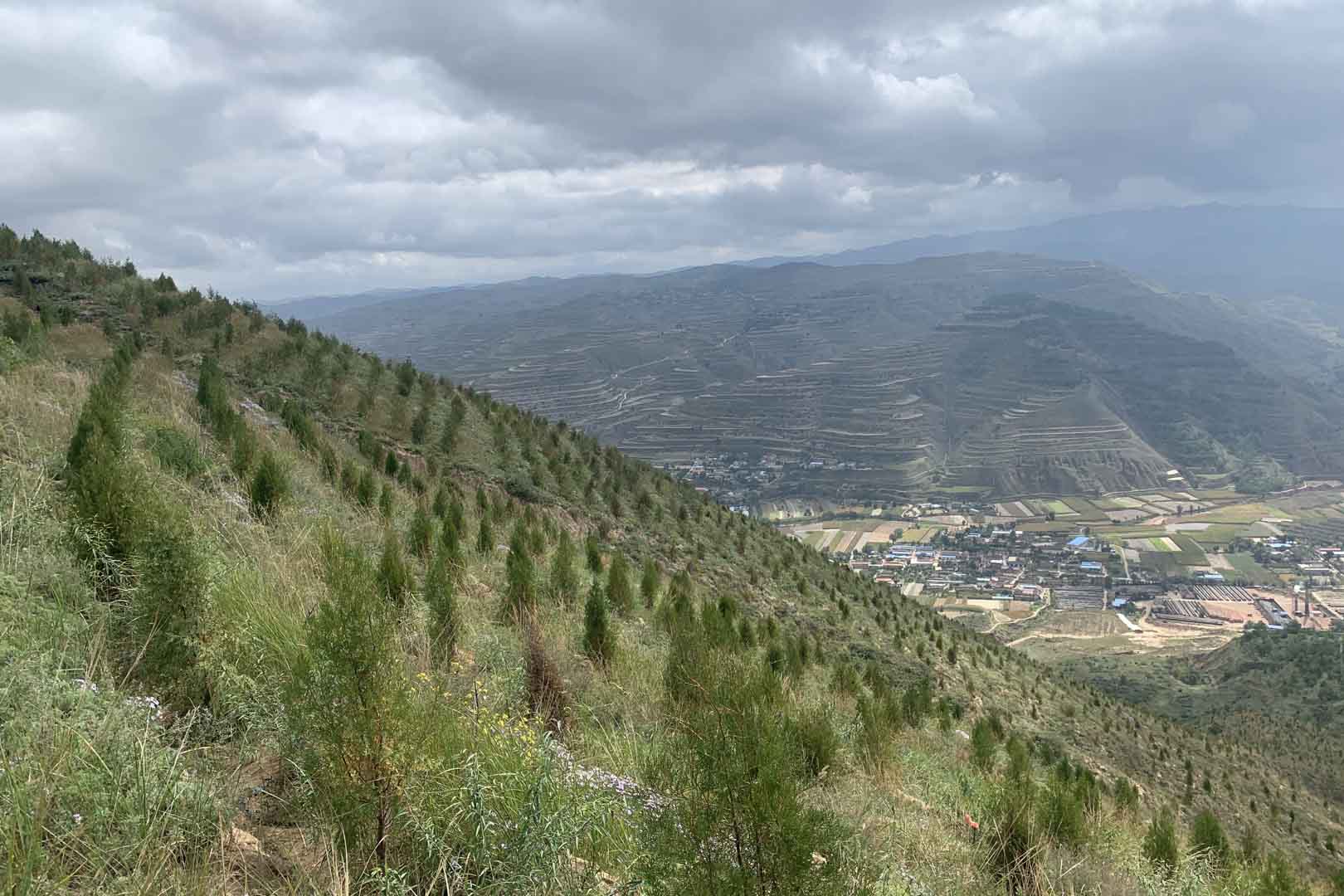
Turning degraded farmlands into healthy ecosystems

Improved cookstoves - better for health and the environment
